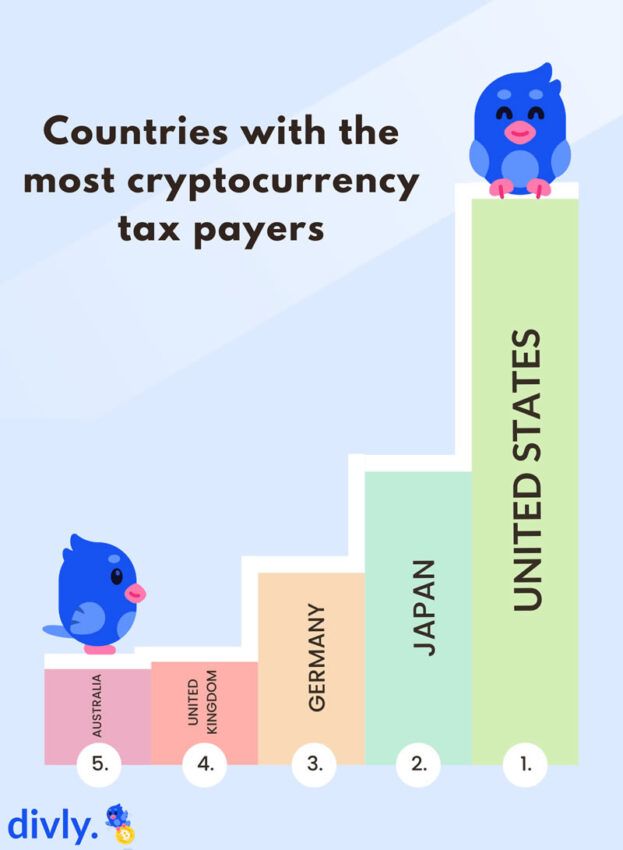How Bitcoin’s strong correlation to equities could trigger a fall to $ 8,000

The Bitcoin (BTC) exchange rate chart of the past few months reflects nothing more than a bearish outlook, and it is no secret that the cryptocurrency has consistently reached lower lows since breaking $ 48,000 in late March.

Oddly enough, the difference in support levels has widened as the correction continues to lose investor confidence and risk appetite. For example, the last baseline of $ 19,000 is almost $ 10,000 away from the previous support. So if the same move has to happen, the next logical price level will be $ 8000.
Traders are afraid of regulation and infection
On 11 July, the Financial Stability Board (FSB), a global financial regulator including all G20 countries, announced that a the framework for recommendations for the crypto sector is expected in october. The FSB added that international regulators must monitor crypto markets in line with the principle of “same activity, same risk, same regulation.”
In a written speech on July 12, Jon Cunliffe, Deputy Governor of Financial Stability at the Bank of England, said that crypto is somehow over and that it should not be a concern anymore. Cunliffe added: “innovation must take place within a framework where risk is managed.”
To date, investors have still not figured out the total losses from deposits on crypto lenders Celsius and Voyager Digital, and both companies continue to seek either a recovery plan or bankruptcy. According to Voyager, the company still has “claims against Three Arrows Capital” worth 650 million dollars, so the exact number of customer funds remains unknown.
The negative news flow is reflected in CME’s Bitcoin futures contract premium. These data measure the difference between long-term futures contracts and current spot prices in common markets.
Each time this indicator fades or becomes negative, this is an alarming red flag. This situation is also known as backwardation and indicates that bearish sentiment is present.

These fixed-term contracts are usually traded at a small premium, indicating that sellers are asking for more money to hold back settlements longer. As a result, futures should be traded at a premium of 0.25–0.75% in healthy markets, a situation known as contango.
Notice how the indicator has been below the “neutral” range since early April, since Bitcoin failed to maintain levels above $ 45,000. The data show that institutional traders are not willing to open long positions with leverage, although it has not yet is a bearish structure.
Macroeconomic fears prevent investors from trading crypto
Exchange-based data highlights traders’ long-to-short net positioning. By analyzing each client’s position on the spot, perpetual contracts and futures contracts, one can better understand whether professional traders lean bullish or bearish.
There are occasional discrepancies in the methodologies between different exchanges, so viewers should monitor changes instead of absolute numbers.

Despite Bitcoin’s 11% correction from July 9 to 12, top traders have increased their influence. The long-to-short ratio at Binance remained relatively flat at 1.13, while the top traders at Huobi started at 0.95 and ended the period at 0.93. However, this impact was more than offset by OKX traders increasing their bullish bets from 1.09 to 1.32.
Related: The search term “Bitcoin Crash” is popular – here’s the reason
The lack of a premium in the CME futures contract is not worrying because Bitcoin is struggling with the resistance of $ 20,000. Furthermore, top traders on derivatives exchanges have increased their longs despite the price drop of 11% in three days.
Regulatory pressure is unlikely to ease in the short term, and at the same time there is not much the Federal Reserve can do to suppress inflation without triggering some form of economic crisis. For this reason, professional traders do not rush to buy dip because Bitcoin’s correlation with traditional assets is still high.
The views and opinions expressed here are solely those of author and does not necessarily reflect the views of the Cointelegraph. Every investment and trade involves risk. You should do your own research when making a decision.
























